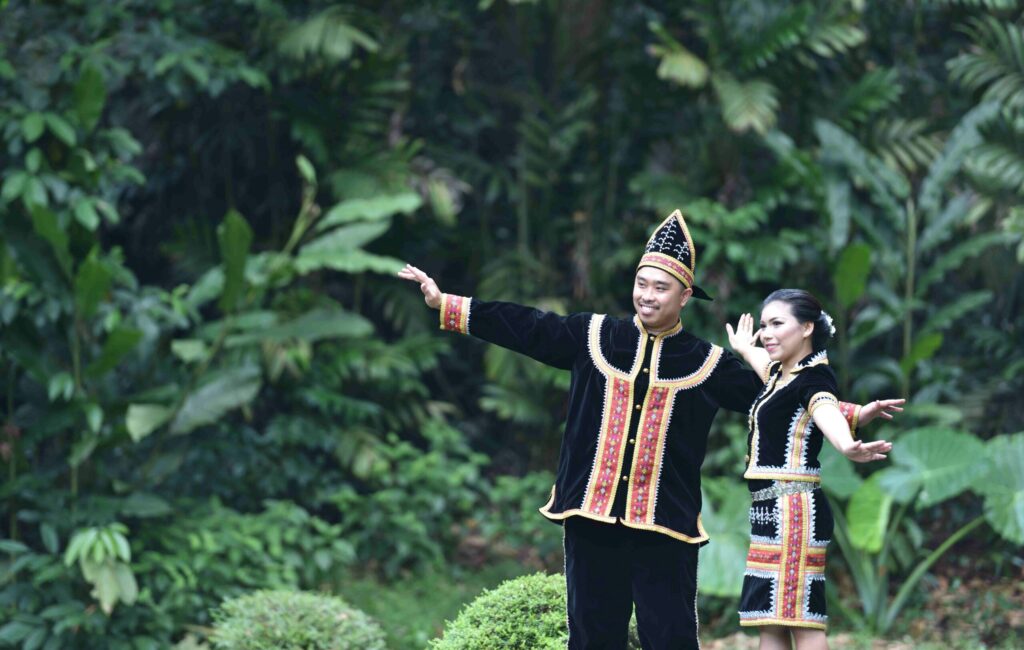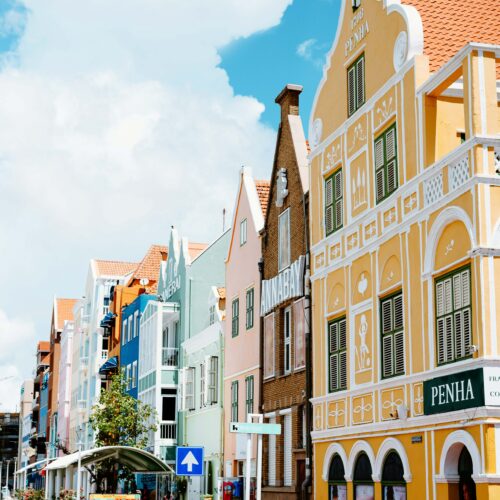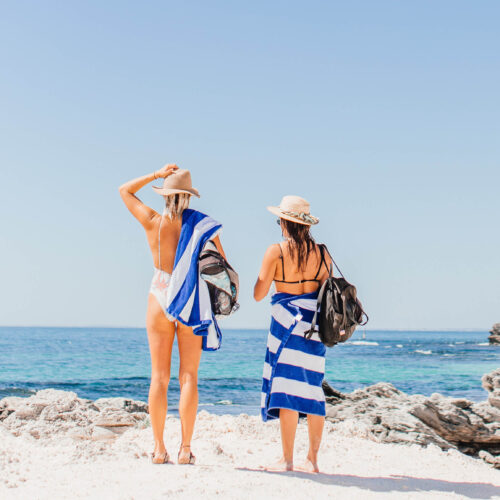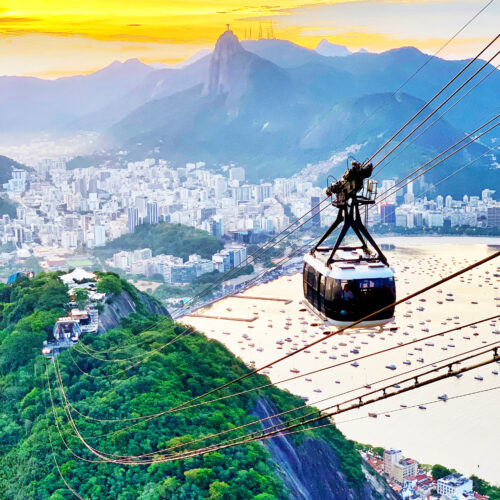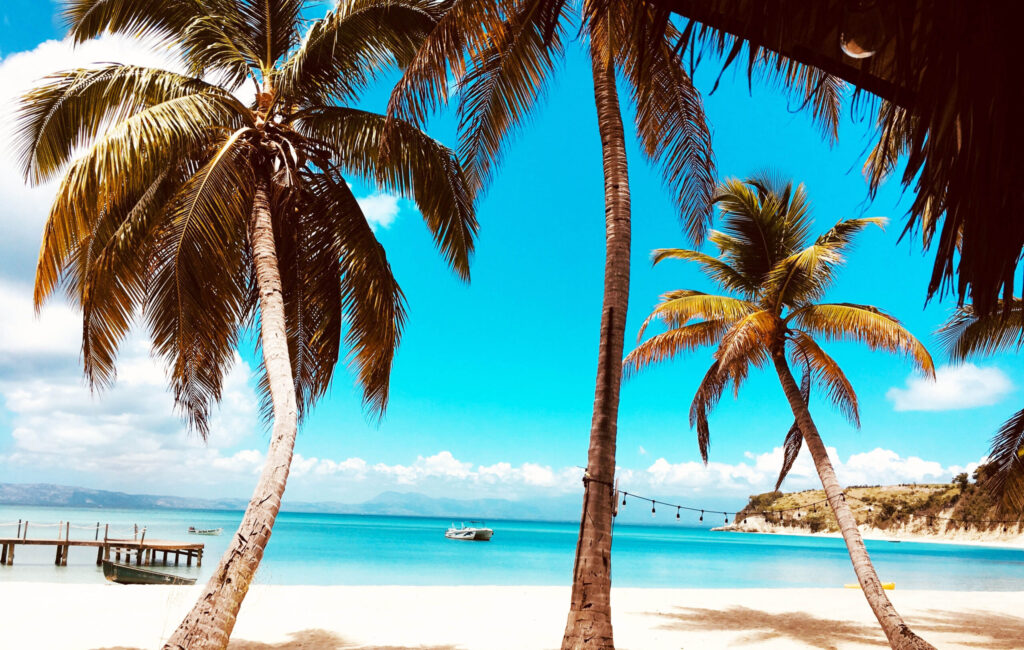
Saba or Sabah Adventures. From Caribbean Island Charm to Borneo Adventures – Which Destination Will Steal Your Heart?
Saba and Sabah, two places with similar sounding names, are vastly different in location, economy, climate, geography, culture, language, tourism and wildlife.
Saba is pronounced “sah-buh” with the stress on the first syllable “sah.” And, Sabah is pronounced “sah-bah” with the stress on the second syllable, “bah.” Slightly nuanced, but two entirely different destinations.
While Saba is a small island located in the Caribbean Sea with a tropical climate and a unique cultural blend of African, European, and indigenous influences, Sabah is a state within Malaysia on the island of Borneo with diverse terrain, several indigenous tribes, and a more equatorial climate with heavy rainfall and where Survivor, the tv show was filmed.
Understanding the differences between these two places can provide a fascinating insight into the world’s diversity.
Here are the differences between Saba and Sabah:
- Location: Saba is an island in the Caribbean Sea, while Sabah is a state in the Malaysian part of Borneo island.
- Climate: Saba has a tropical climate with warm temperatures throughout the year, while Sabah has a more equatorial climate with high humidity and heavy rainfall.
- Geography: Saba is a small island with volcanic peaks, surrounded by coral reefs and a rocky shoreline, while Sabah is a much larger state with diverse terrain, including rainforests, mountains, and coastal areas.
- Culture: Saba has a unique cultural blend of African, European, and indigenous influences, while Sabah is home to several indigenous tribes with their distinct customs and traditions.
- Language: English is the official language of Saba, while Sabah has several official languages, including Malay, English, and indigenous languages.
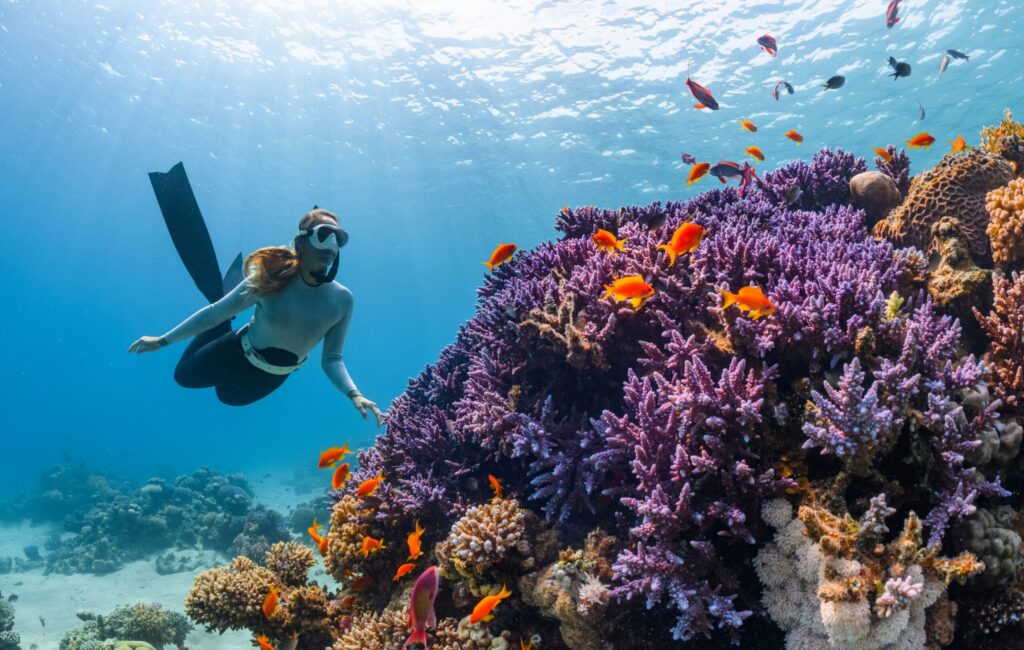
- Tourism: Saba is a popular destination for scuba diving and eco-tourism due to its rich marine life and natural beauty, while Sabah offers a wide range of attractions, including wildlife sanctuaries, cultural sites, and adventure tourism activities.
- Economic development: Saba has a small economy based on tourism, fishing, and agriculture, while Sabah has a more diversified economy with industries such as oil and gas, agriculture, and manufacturing.
- Political system: Saba is a particular municipality of the Netherlands, while Sabah is a state within Malaysia with a parliamentary democracy system.
- Infrastructure: Saba has limited infrastructure due to its small size, while Sabah has a more developed infrastructure with modern transportation networks, airports, and communication systems.
- Wildlife: Saba is home to several species of unique wildlife, such as the Saba anole lizard and the Saba black-billed parrot, while Sabah is famous for its diverse flora and fauna, including orangutans, pygmy elephants, and proboscis monkeys.
Did you know?
Saba is also home to the smallest commercial airport in the world, the Juancho E. Yrausquin Airport. The airport has a runway that is only 400 meters long, surrounded by cliffs on both ends, making it one of the most challenging airports to land on.
Sabah is home to the highest mountain in Southeast Asia, Mount Kinabalu–standing at the height of 4,095 meters/13,435 feet. It is a popular destination for hikers and climbers from around the world. It is estimated that around 35,000 people climb Mount Kinabalu every year. The mountain and surrounding areas are also home to a diverse range of flora and fauna, including the famous Rafflesia flower, the world’s largest.
A little history:
Saba’s history dates back to the 1600s when the Dutch first settled it. The island was used as a plantation colony, with tobacco, sugar, and cotton production being the main economy. In the late 1800s, Saba’s economy shifted towards fishing and agriculture, and the island became a popular destination for tourists in the 20th century. Saba is an overseas territory of the Netherlands, with a small population of around 2,000 people with tourism being the main economy.
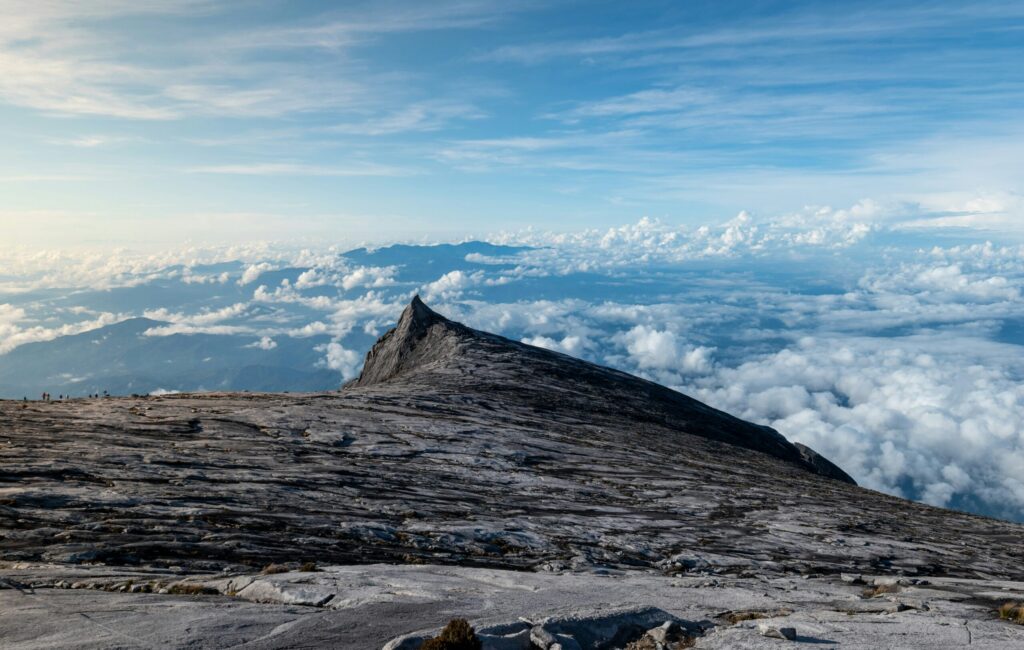
On the other hand, Sabah has history dating back over 40,000 years. Various indigenous groups, including the Kadazan-Dusun, Bajau, and Murut tribes, have inhabited the state. The area was ruled by various empires throughout history, including the Bruneian Empire and the Sultanate of Sulu.
In the late 1800s, Sabah was colonized by the British, who developed the area’s infrastructure and economy. Sabah gained independence in 1963 and became a state within Malaysia. Sabah is known for its vibrant culture, diverse natural resources, and economy with a strong future.
